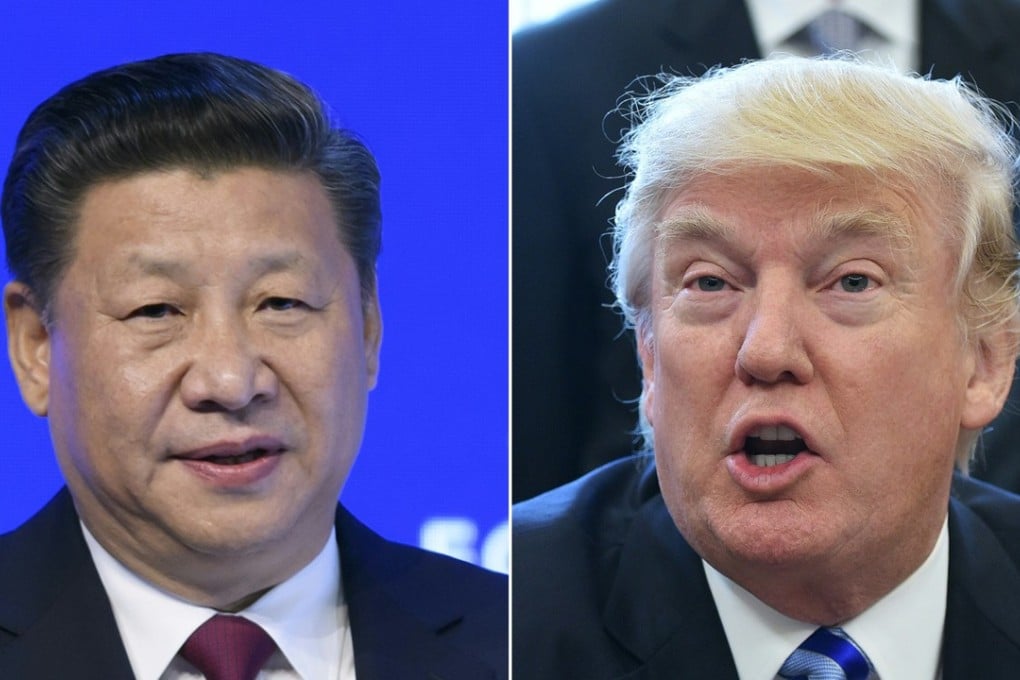Sino File | China-US trade war truce shows where Xi and Trump are weak
Deal reached after talks between Chinese Vice-Premier Liu He and US Treasury Secretary Steven Mnuchin may have papered over the cracks. Yet chasms remain – even if both presidents recognise their own vulnerabilities

Even so, let’s not get carried away. The consensus reached after two days of talks between teams led by Chinese Vice-Premier Liu He and US Treasury Secretary Steven Mnuchin last week produced only a truce and not a full-blown treaty. Fundamental differences remain, which means the possibility of a trade war lingers.
The three key issues of the China-US trade dispute are: the trade deficit between the US and China, the (alleged) widespread theft of intellectual property rights in China, and Beijing’s industrial policy.
Under the latest agreement, China will go on a shopping spree for US goods and services, particularly in the agricultural and energy sectors, in an effort to “substantially” narrow the deficit – one of Trump’s chief motivations in threatening the trade war.
US trade war: when the (micro) chips are down, Chinese cash flows to Israel
However, simply buying US agricultural and energy products will be far from enough to meet Trump’s demand of cutting last year’s record US$375 billion deficit (on US figures) by US$200 billion.
To properly address the deficit, which is largely due to the imbalance in goods trade, Beijing would need to open its market in services – something that is politically and ideologically sensitive. But, while Chinese leaders have spoken of the benefit in opening Chinese markets to foreign goods and services, they are cautious regarding the free flow of information as this is seen as a threat to authoritarian rule.
